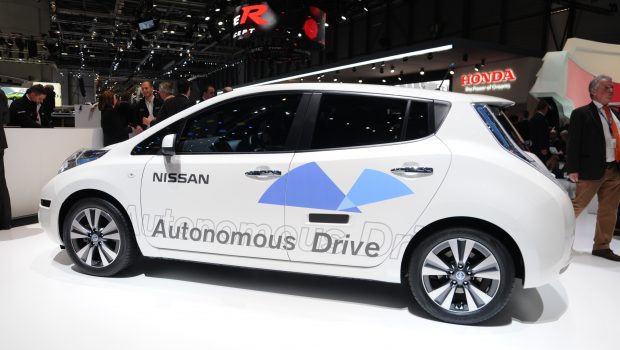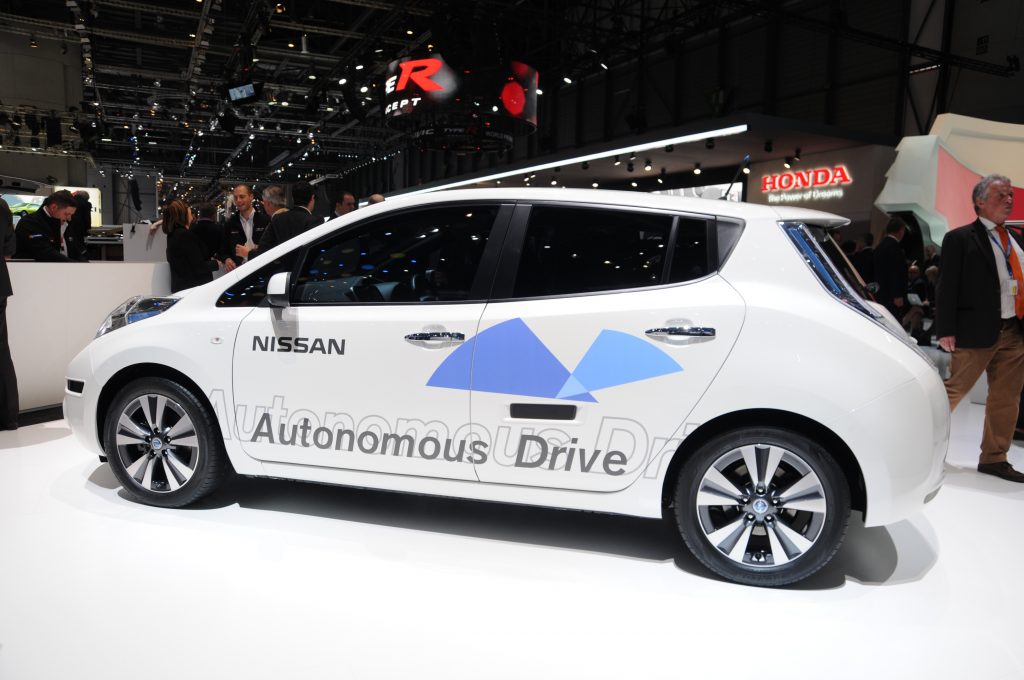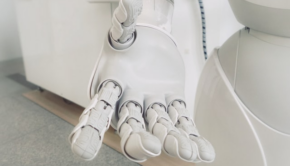Artificial intelligence and the future of autonomous driving
The rapid growth in machine learning, a form of artificial intelligence, has led to sophisticated tools for everything from manufacturing to search engines. In the past few years, AI has also had a major impact on the automotive industry; specifically, driverless cars.
Driverless Evolution
Researches are coming up with solutions that include neural networks – a processing method involving thousands of layered nodes, not unlike firing neurons in a human brain. Vehicles outfitted with cameras, sensors, and radar have already gathered huge amounts of data on real driving conditions. Advanced hardware and cloud computing are also becoming part of the system.
Many still see “self-driving” not in terms of driver-assisted safety features or programmed trips, but in daily transportation that must detect, evaluate, and maneuver real-life conditions, including pedestrians, bicycles, yield signs, and even roadway debris.
Machine Recognition
An array of front and back cameras are capturing millions of images to feed into AI neural networks, but the final product must be able to apply both context and risk analysis. Assessment and decision making must take place as fast as, or faster, than a human brain, or autonomous vehicles pose an unacceptable level of danger.
While researchers may discover endless amounts of data on lane changes, street lights, and navigation, unexpected and even bizarre events that rarely occur are not well represented in machine learning. One approach to resolving this is to use computerized scenarios that can provide AI software with data from situations it may never encounter physically.
Teaching Machines to Drive
Even assuming engineers can do a fairly thorough job of this, the critical problem is how it can be translated into physical motion. AI has to employ not just recognition, but skill at maneuvering a vehicle in even heavy traffic, which often relies upon the courtesy and awareness of other drivers. Ideally, an AI-driven car would be able to perform basic driving tasks more precisely than a human being.
Certainly machines are better at plotting trajectories. Given an internal system that consists of more and better vehicle sensors, an AI presence might be better able to estimate what the vehicle is capable of at different angles and velocities.
With sufficient data and hardware that gives the software physical control, the AI draws on past experience (data), evaluates outcomes, and adjusts the vehicle’s motion to move from point A to point B. Just as humans do.
But humans must also observe very strict traffic regulations.
AI Driving Regulations
One day we may trust that everything will be a reliable system of interfaced cars, traffic lights, and speed limits coordinated by supercomputers and Wi-Fi. However, we’ll have driverless vehicles on the road long before that happens.
In fact, only one state has even begun drafting a legal framework for operating them. California leads the way, and Washington, D.C. has launched its own forward-thinking initiative. Most states haven’t even approved testing. A bill for monitoring driverless car trials introduced in Texas by Sen. Rodney Ellis of Houston, but largely ignored.
As autonomous vehicles arrive, regulations will require additional driver training. In order to safely operate them, drivers will have to relearn vehicle operation in terms of technical features, limitations, and networking. Driver training will have to evolve with the technology. If that bill ever passes, a course for defensive driving Houston Texas will be more important than ever.
Autonomous vehicles have already been linked with traffic fatalities and hacking. While car makers are trying to build smarter cars, humans will be concerned with preparations for cars with hardware or software glitches that could suddenly plunge them off a bridge.
















